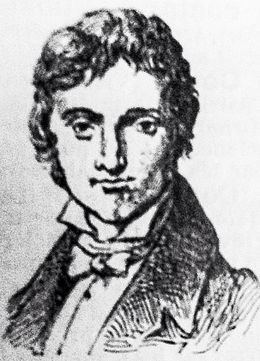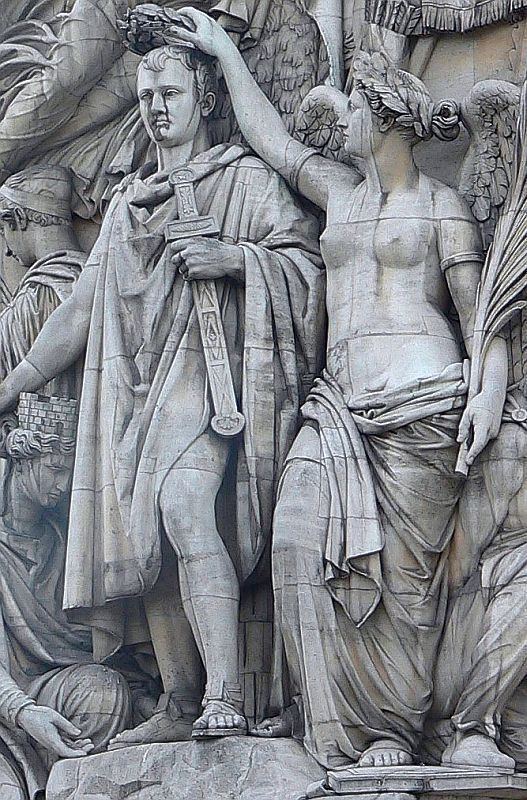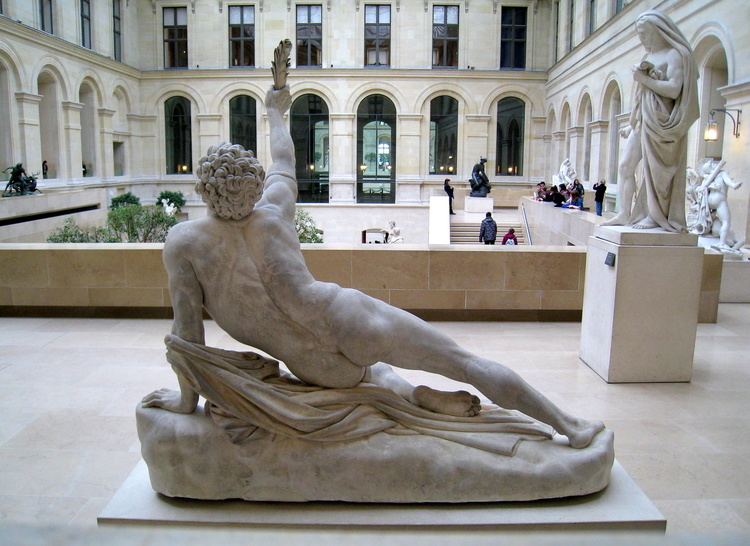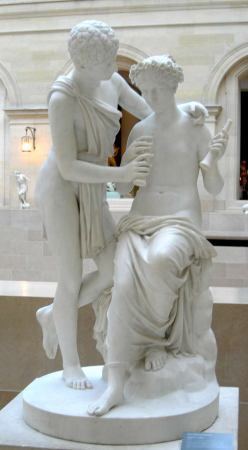Name Jean-Pierre Cortot | ||
 | ||
Died August 12, 1843, Paris, France | ||
Jean-Pierre Cortot (20 August 1787 – 12 August 1843) was a French neo-classical sculptor.
Contents

Life

Cortot was born and died in Paris. He was educated at the École des Beaux Arts in Paris, and won the Prix de Rome in 1809, residing in the Villa Medici in Rome from 1810 to 1813.

Cortot worked in an austere, correct, academic neo-classical style, heir to both classic French models from the late 18th century and the Greco-Roman tradition. His art took on a more romantic expression toward the end of his life.

Appointed a professor at the École, succeeding Charles Dupaty, he was made a member of the Académie des beaux-arts in 1825, again replacing Dupaty. He was made an Officer of the Légion d'honneur in 1841.
Among his students were Joseph-Marius Ramus, Jean-Jacques Feuchère, Pierre-Charles Simart, Jean-Auguste Barre, and the animalier Pierre Louis Rouillard. A street in Montmartre bears his name, and Cortot's grave can be found in Père Lachaise Cemetery.
Early works and works completed in Rome
Source: WikiPhidias
Winning the Prix de Rome entitled him to study at the Académie de France in Rome and whilst there he completed several works which were sent back to Paris. He remained in Rome for 5 years.
Works after Rome
Source: WikiPhidias
